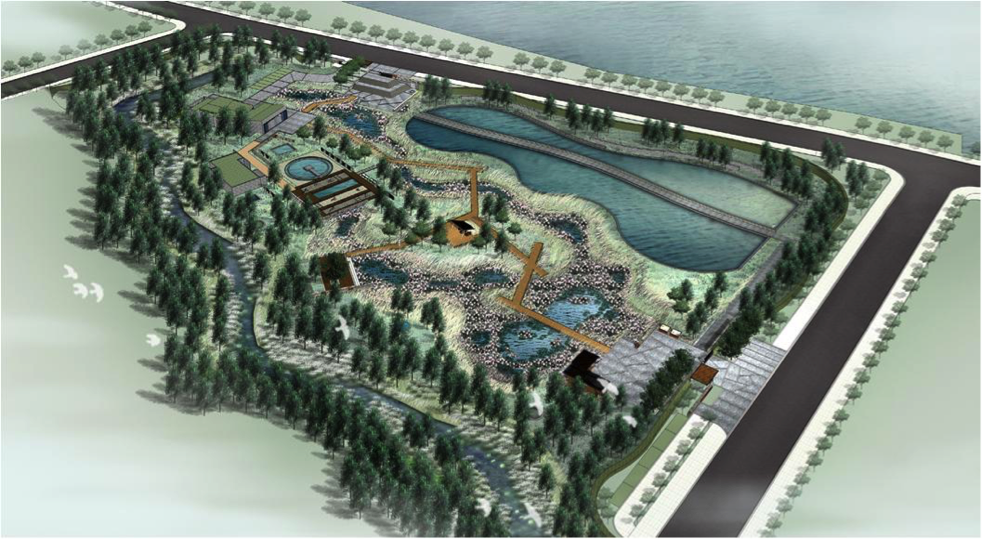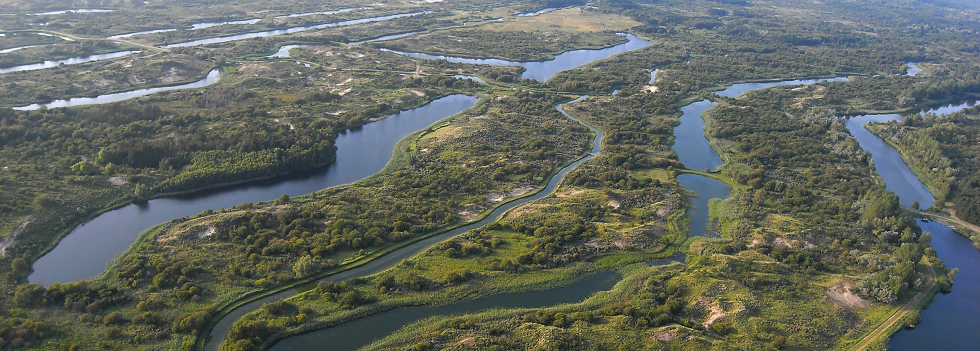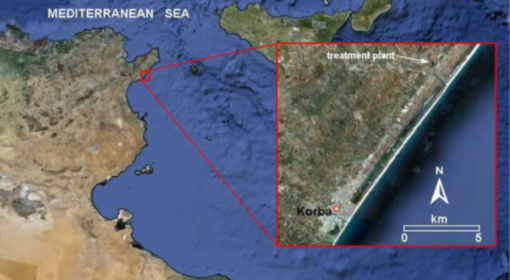by Lenneke Knoop
October 11, 2016
The Deyang area, located in the Sichuan Basin in southwest China, was struck hard by an earthquake in 2008. Since then, reconstruction has been carried out at tremendous speed and the urban population has grown exponentially. The city’s water supply system cannot meet its rapidly growing water demand.
Groundwater is heavily over-exploited, causing decline of groundwater levels. Studies by Chengdu University show that natural groundwater recharge is insufficient to meet the water demand of the city.
Deyang is not the only city with this problem. Currently, two-thirds of all Chinese cities don’t have sufficient water the whole year round. On top of that, cities suffer from severe water pollution caused by rapid development. In China, water scarcity and water pollution cause a loss of 11.2 billion USD in industrial output every year. The cost of the impact of insufficient water quality on health in the country has been estimated at 3.9 billion USD per year.
So what options do you have in an area where groundwater levels decline and where construction of surface water reservoirs is impossible, due to earthquake risks? The answer seems obvious: storing water in the ground.


Design of Deyang Jingnan Wetland Park (above) and timeline of construction of Deyang Jingnan Wetland Park (2013-2015)
Starting in 2014, a wetland park was designed and constructed by a Sino-Dutch team*. The park benefits from the technology as introduced in the Amsterdam dune system that forms the main source of drinking water for the city of Amsterdam. This artificial recharge water supply system increases groundwater storage, maintains constant water supply and improves water quality.
The site, situated in a residential area, combines a recreational wetland park, an artificial groundwater recharge site, a drinking water production facility, a public education centre, and a showcase of scientific research.
Water from the Mianyuan River goes through a pre-treatement process, gets filtered by wetlands and percolates the soil through sandbeds. After a travel time of at least 60 days, the purified water is extracted from the soil and pumped to the water supply company for the final treatment process. This way, every day 3 million litres of water is being produced.
Being the first park in China with this multi-functionality, a lot of emphasis is put on information sharing. In the park, visitors learn about the filtering functions of wetlands, as well as about water purification through flocculation and sand infiltration. A large visitor centre explains in detail what happens in the wetland park.

Information panels in the park and visitor centre
Two weeks ago (September 2016), the park was officially opened and new plans of developing two other similar sites were already presented by the Deyang department. The concept of artificial recharge isn’t new. As mentioned, this park was developed based on the concept of the Amsterdam Dune Water machine.

Amsterdam Water Supply Dunes
In Amsterdam, artificial recharge has been in operation since 1957. More than 55 years the system is still in place and has been constantly improved and fine-tuned. The philosophy behind the system is based on (1) using groundwater only for storage, removal of pathogens, and for attenuating peaks in water quality; (2) integrating the recharge system within nature restoration goals, and (3) preventing pollution of the water source, which implies quality control in the upper catchment.
The objectives were simple: to stop over-exploitation of the freshwater resources in the dune area, restore ecological conditions, and enhance the recharge capacity to over 65 million m3 per year in order to secure the water supply for the metropolitan region.
Though supplemented by natural dune water, the main source of water is river water from the Lek Canal, situated 55 kilometers away. This river water is pre-treated after which it is transported to the Amsterdam Water Supply Dunes. Once the water has percolated through the shallow groundwater system in the dunes, post-treatment takes place in the production plant.
Artificial recharge can also take place on a much smaller scale. Like in Bangalore, where Mr. Balasubramaniyan built an artificial recharge system around his house. In 1995, he dug a well of 40 feet for his water supply which unfortunately went dry after 6 years. Since 2001 he recharges his well with rainwater from his roof making him independent again from the city water network (watch video).
Another example from India is the innovation called Bhungroo, which is used in saline areas. A Bhungroo is a borehole that is dug to a certain depth in saline groundwater regions so that it reaches a sandy layer between two saline aquifers. During flooding, as occurs in this region during the monsoon rains, the Bhungroo allows the standing waters in the land to be recharged into the sandy layer (watch video).
A third example of recharge in a complete different context can be witnessed in Ethiopia along the road from Hawzen and Freweyni. Here, a former borrow pit for road construction is used to recharge the aquifer with road runoff.
Artificial recharge is a real solution… Across different contexts, different scales and different levels of technology.
More information:
* The Sino-Dutch team consists of UNESCO-IHE (lead), World Waternet, MetaMeta, Royal Eijkelkamp, Deyang Department of Housing, urban & Rural Planning and construction, Deyang Department of Water Affairs, Deyang Water Supply Company, Chengdu University of Technology.
More information on Deyang Jingnan wetland park can be found on the project page of MetaMeta including publications (English, Chinese) and this video (Chinese with Dutch subtitles)



